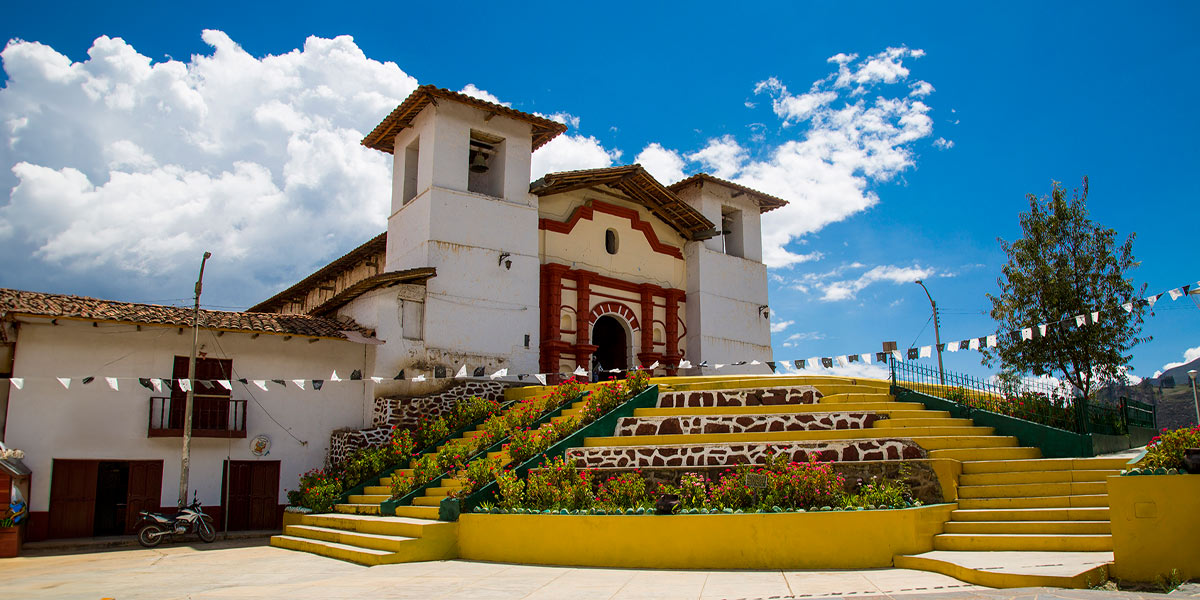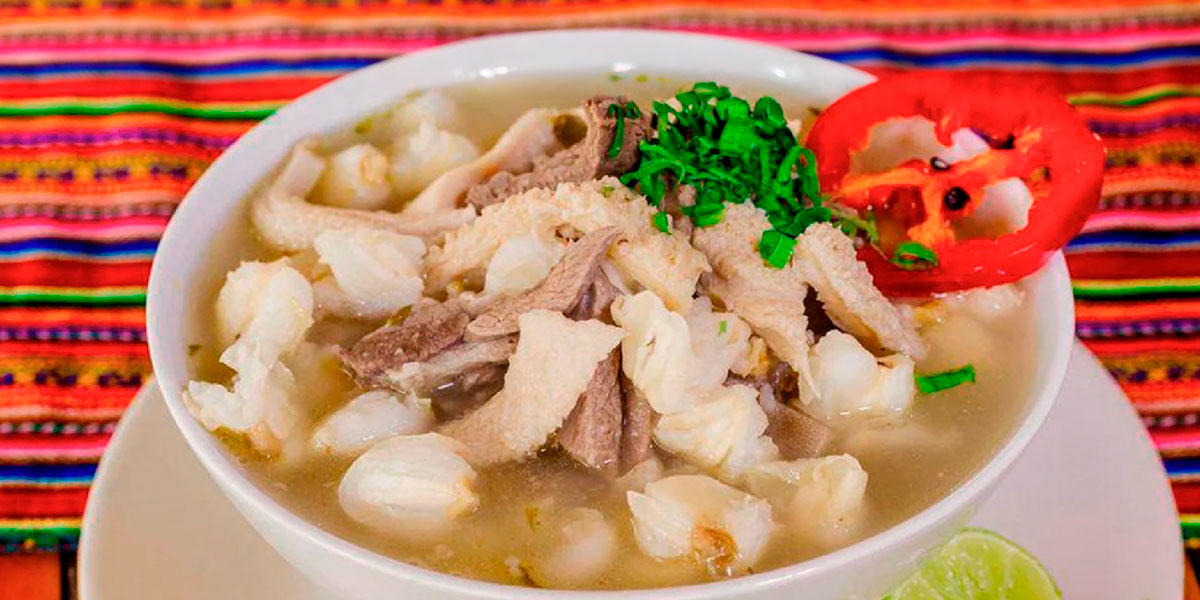Just 90 kilometers from the city of Cusco and only one hour from Yucay is Mollepata, a district of the province of Anta, surrounded by mountains and Andean landscapes. The road to this destination passes through towns like Anta, Ancahuasi, and Limatambo, territories where the Incas fought intense battles against the Chancas, until Pachacútec achieved the victory that would mark the beginning of the great Inca Empire.
Mollepata is one of the nine districts of the province of Anta, within the department of Cusco. This picturesque mountain town stands out not only for its history, but also for its importance in adventure tourism.
Today, Mollepata has become a strategic point for travelers and backpackers, as it is the gateway to the Salkantay mountain and the place where many of the tours begin towards the famous Salkantay Trek, one of the most impressive hikes that lead to Machu Picchu.
Etymology of Mollepata Perú
The word "Mollepata" comes from two Quechua voices: "molle", name of a tree, and "pata" means eminence, height. Etymologically, Mollepata means, predominantly populated part of molles, Molle that comes to make the name of a tree with a twisted and cracked stem, small and evergreen leaves, greenish flowers and hanging clusters of reddish fruits, this tree abounded in the place.
Location of Mollepata in Perú
Mollepata is located in the western part of the Anta province.
The territorial extension of the Mollepata district is 822.65 km2, stretching from the white river to Acobamba in the west; from the Salkantay, Nevado Humantay and Kishuar mountains in the north, to the Apurímac river in the south.
Geography
The capital is the town of Mollepata, located at 2 976 masl, it is located 90 km. from the imperial city of Cusco.
Climate of Mollepata Perú
The climate of Mollepata in Cusco is varied, from the most frigid in the snow-capped mountains, temperate in the central part and warm on the banks of the Apurímac river.
Territory of Mollepata Perú
- Area of the municipality of Mollepata: 35,600 hectares / 356.00 km² (137.45 sq mi)
- Altitude of the municipality of Mollepata: 2,846 meters of altitude
Geographical coordinates:
- Latitude: -13.5086
- Longitude: -72.5275
- Latitude: 13 ° 30 '31' 'South
- Longitude: 72 ° 31 '39' 'West
- Time zone: UTC -5: 00 (America / Lima)
Demography of Mollepata Perú
- Population: 2,600 inhabitants
- Population density of the municipality of Mollepata: 7.3 inhab./km² (18.9 pop / sq mi)
Neighboring municipalities to Mollepata
- Limatambo: 9.7 km
- Curahuasi: 18.6 km
- Ancahuasi: 25.3 km
- Zurite: 30 km
- San Pedro de Cachora: 30.9 km
- Cotabambas: 32.4 km
- Chinchaypujio: 34.6 km
- Huarocondo: 36.2 km
- Coyllurqui: 38 km
- Tamburco: 39.5 km
- Machu Picchu: 39.5 km
- Ollantaytambo: 39.9 km
- Abancay: 40.6 km
- Anta: 41.2 km
- Santa Teresa: 42.7 km
- Huanipaca: 44 km
- Maras: 44.7 km
- Pucyura: 45.2 km
Historical Review of Mollepata Perú
Mollepata is a town of Inca origin that preserves terraces, paths, and monumental archaeological remains that show its organization in different ecological levels such as the puna and the yunga. With the arrival of the Spanish, the local society changed radically: the colonizers and their descendants took over the lands, while the indigenous people were relegated and forced to survive in poverty. During the Republic, the feudal system persisted until the Agrarian Reform of 1968-1970, when the peasants occupied the haciendas and formed cooperatives, although many ended up failing.
The district of Mollepata was officially created on April 29, 1929 by Law No. 6623, after a long process of management. Since then, it has managed to consolidate its political autonomy and currently covers various communities and partialities within the province of Anta.
Communication routes of Mollepata Perú
Mollepata has a branch that emerges from the Cusco - Lima highway and this highway was built by Marcahuasi landowner David Samanez Ocampo, with the support of peasant labor and without any subsidy from the State. Currently the access to the road is paved.
Economic Activities of Mollepata Perú
The main economic activity of the Mollepata district is: agriculture, livestock and tourism. Due to the variety of the climate, it has products that correspond to the three climates such as sugar cane, a wide variety of cereals, fruit trees, legumes and vegetables.
Gastronomy of Mollepata Perú
Its typical dishes are tamales, scrambled potatoes with guinea pig, slipped wheat with a skin, dry giblets, shambar with ham or carashpo, cashallurto, shinde of broad beans, dirty river, scrambled eggs, chumos stew, huachapon potatoes with cachiyacu, beef jerky with eggs, cayhuas cream, stewed Ñuña pushpos; All these meals are accompanied with a field, nuñas, corn, potatoes, geese, beans and / or mashuas. Its desserts are Chiclayo mazamorreado de ocas or warmed corn, dulce de ocas, morrote, sweet wheat peeled with chancaca and sango. Their drinks are chicha de jora, lodge, gro or calentito, mixed.
Culture in Mollepata Perú
Mollepata is an Andean town that combines tradition, faith, and cultural heritage. Its main festivity is celebrated in September in honor of San Jerónimo, patron of the district, whose devotion brings the inhabitants together in processions, masses, and popular celebrations. This Christian faith, passed down from generation to generation, is one of the pillars of the local identity.
Regarding basic services, the district has public lighting, water, sewage, a health center, and an educational institution that covers the initial, primary, and secondary levels. Road access, although uneven in some sections, connects Mollepata with cities like Chimbote and Trujillo through weekly transport, in addition to daily transportation from nearby towns like Angasmarca and Santiago de Chuco.
Agriculture is one of the main activities. Planting is done between November and December, while harvests happen from May to June. Despite planting only once a year, the crops are stored to guarantee supply throughout the year.
Culture and customs
Mollepata has a deep Christian faith, it celebrates its main festival in September, in honor of the patron saint of the San Jerónimo people, whose miracles have made their believers grow in faith. It has public lighting, water and sewerage services; Carrosables roads through Santiago de Chuco and Pallasca, has a medical post and an educational institution with the levels of initial, primary and secondary.
Transportation services from Chimbote are twice a week and from Trujillo, from Angasmarca and Santiago de Chuco, there is mobility every day. The state of the road is poor, however, the trip occurs without major setbacks.
The sowings take place around November to December and the harvests take place between May and June, sowing once a year, however, the harvests are stored and available throughout the year.
Mollepata has produced distinguished characters, successful professionals, and has also given writers, who despite their artistic quality, their work is not widespread enough.
Tourism in Mollepata
Mollepata is a tourist destination in Peru that the traveler can choose, especially if they have an interest in rural tourism, long walks, and the sighting of beautiful natural settings, but also if they want to know some of the remains that pre-Hispanic cultures left for immortalize.
The archaeological resource that the traveler can find on his visit to Mollepata, is known by the name of Choquequirao. Choquequirao would have been during the Inca period, an important citadel and fortress, which stood out for having been the last point of resistance of the Incas that populated Vilcabamba.
Regarding adventure tourism, the Mollepata district has been positioned, in recent years, as the starting point of different trekking routes that lead to both Nevado Salkantay and Machu Picchu. The trekking routes that start in Mollepata can take between 4 and 11 days and allow you to get to know different tourist resources in the Cusco region.
If you want to know this beautiful and peaceful district, especially during its main celebrations, the traveler is recommended to go to it on dates such as September 14, when the town pays homage to the Lord of Exaltation in the midst of both liturgical events as traditional.
Best trails near Mollepata, Cusco, Peru
Explore the most popular trails near Mollepata with carefully selected route maps, driving directions as well as detailed reviews and photos from hikers, campers and nature lovers like you.
The main tourist attractions in Mollepata Cusco are:
-
Choqe Churku or Choquechurco
Choquechurco, whose name comes from the Aymara and Quechua words that mean "where gold was placed," is an archaeological site located in the buffer zone of Machu Picchu, 10 km from Mollepata and at 3,200 m.a.s.l. This place, surrounded by vegetation, preserves finely carved Inca walls, terraces, and ceremonial structures that show the characteristic style of the Late Horizon, possibly developed during the governments of Pachacútec, Túpac Yupanqui, or Huayna Cápac.
The most surprising thing about the complex is a huge limestone rock five meters in diameter with a carved frame of more than two meters, where it is presumed that sheets of gold and silver were placed in honor of the Sun god. From Choquechurco, you can see privileged views of mountains like Salkantay, Umantay, and Ampay, as well as surrounding valleys and snow-capped peaks, which reinforces its importance as a ceremonial, administrative, and strategic center in the times of the Inca empire.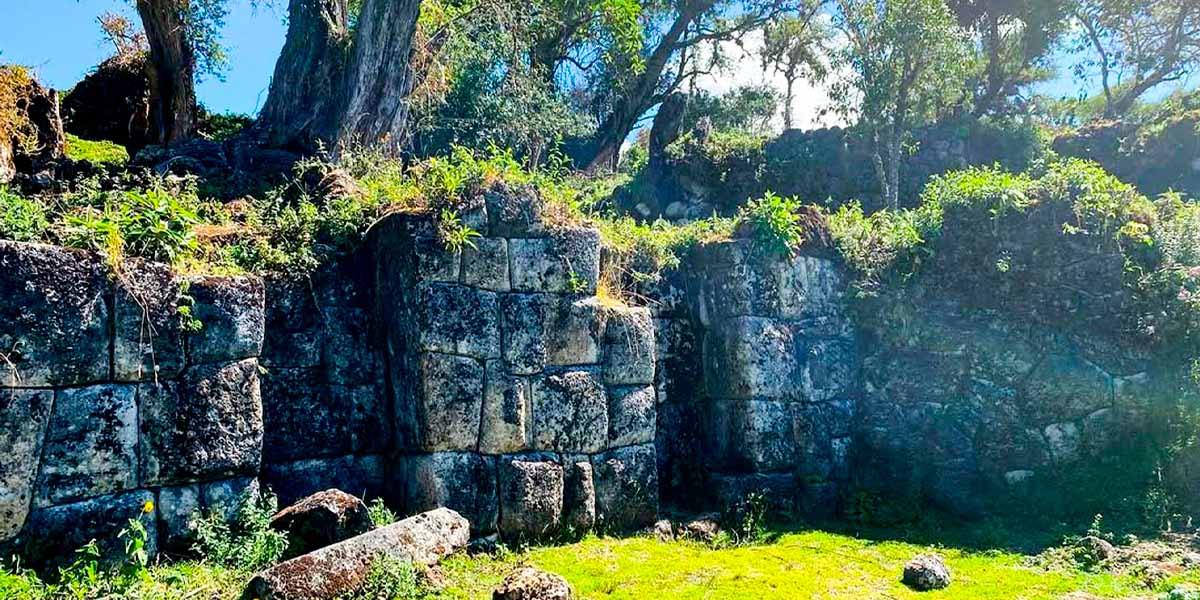
-
The Church of Mollepata
The church of Mollepata is modern, possibly built on an Inca huaca, as was the custom among the Spanish, to replace an indigenous place of worship with a Catholic one. It is located on the west side of the main square; there, the most venerated image is that of the Lord Manuel de Exaltación de la Santa Cruz, a beautiful sculpture carved in wood.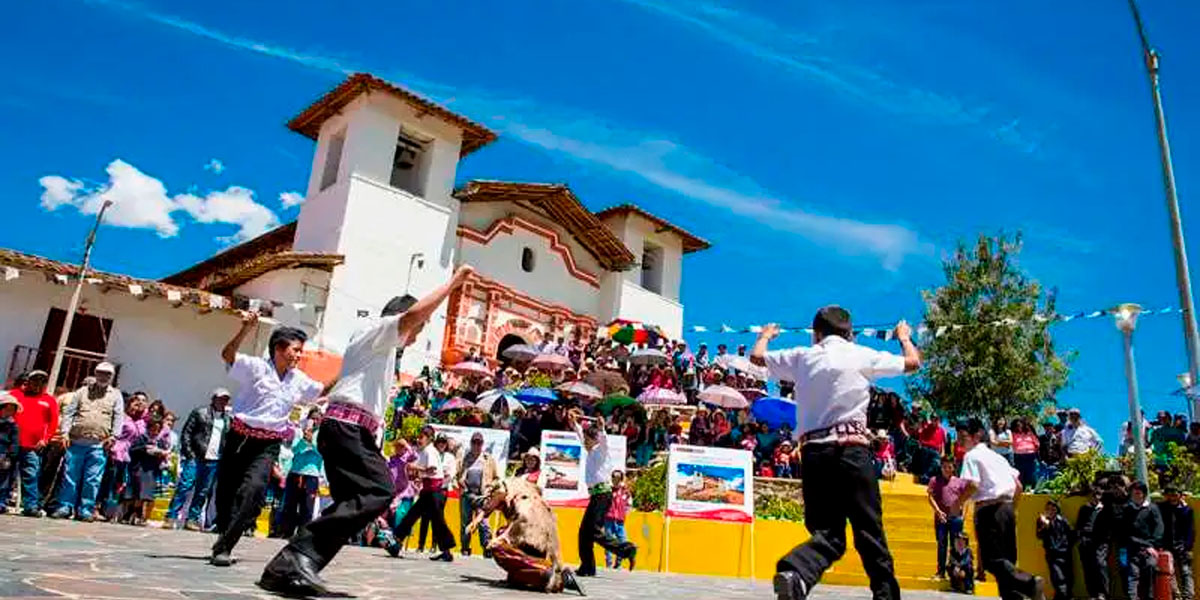
-
Tillka or Tilca
It is the name of a pointed hill with a conical shape, located four kilometers west of the town of Mollepata. It was a signal station, an observation point for the surrounding territories, and an astronomical observatory; therefore, it was a sacred place, that i1s, a huaca. On the summit there is a cross and very few vestiges on the surface, with respect to the Inca era. On the hillside there are five ancient terraces, and towards the side of Choquechurco, four, all in poor condition.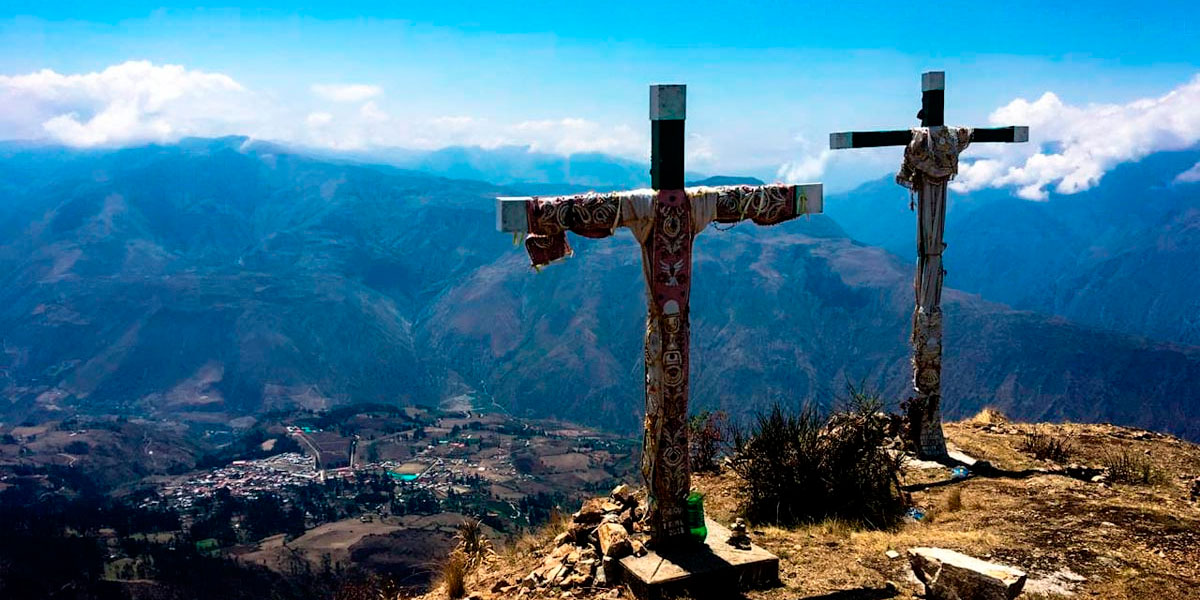
-
Markawasi or Marcahuasi.
Marcahuasi was an important Inca settlement that preserves outstanding archaeological groups, such as a wall with twelve niches that may have been part of a palace, as well as well-built agricultural terraces with aqueducts. These structures reflect the planning and architectural level reached by the Incas in the area. The Qoriwayrachina hill is also part of the complex, an archaeological space where remains of pottery and ruined walls are found, evidence of the agricultural and ceremonial past of the place.
Thanks to the fertility of its lands and its favorable climate, Marcahuasi was established as an agricultural center of relevance. Garcilaso de la Vega recorded that in 1560 he visited the “Marcahuaci” hacienda, owned by Pedro López de Cazalla, where he found vineyards loaded with grapes, noting that the first wine of the Cusco region was made there, a historical fact that highlights the importance of the place in the colonial era.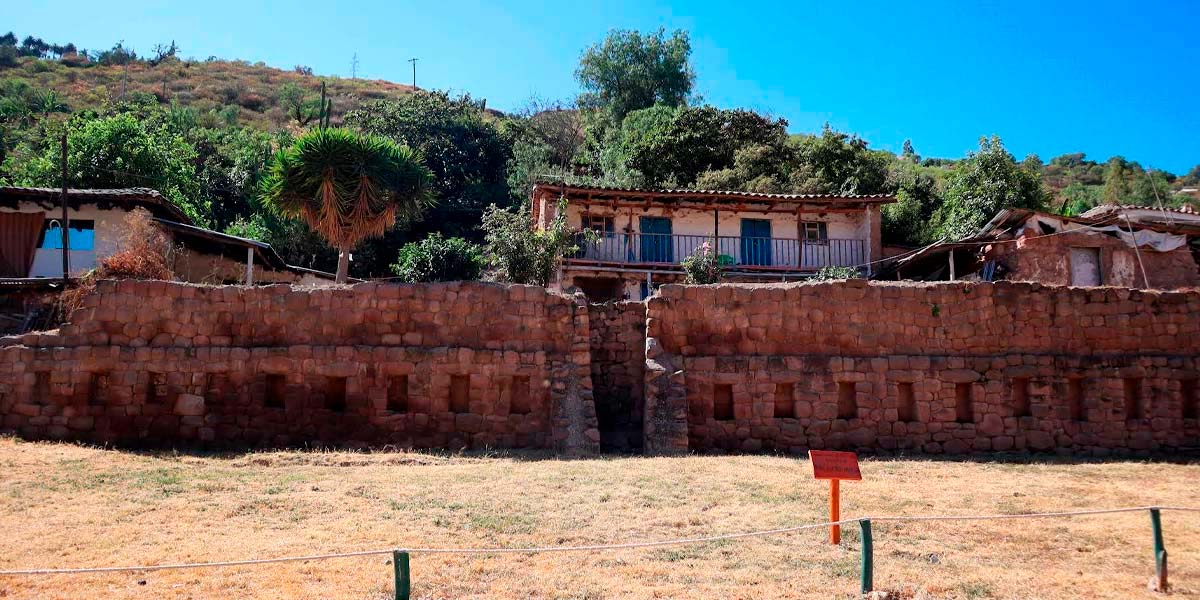
-
Choquequirao
Choquequirao, whose name means “cradle of gold,” is an Inca city located on the slopes of the Salkantay snow-capped mountain, in southern Peru. Known as the “sacred sister of Machu Picchu” for its architectural similarities, it is made up of buildings, terraces, and platforms distributed on different levels, reaching ceremonial areas, plazas, kallancas, warehouses, and royal residences. This complex was a key administrative, political, and religious center, where worship was paid to the Sun, the earth, the ancestors, and other deities.
Besides its symbolic importance, Choquequirao played a strategic role: from here, the Incas of the Manco dynasty resisted the Spanish invasion for more than 30 years. Hidden for centuries by the jungle, today it is recognized as one of the most impressive archaeological jewels of Cusco and has become a unique trekking destination, which is reached through the Tour Choquequirao 4 days / 3 nights.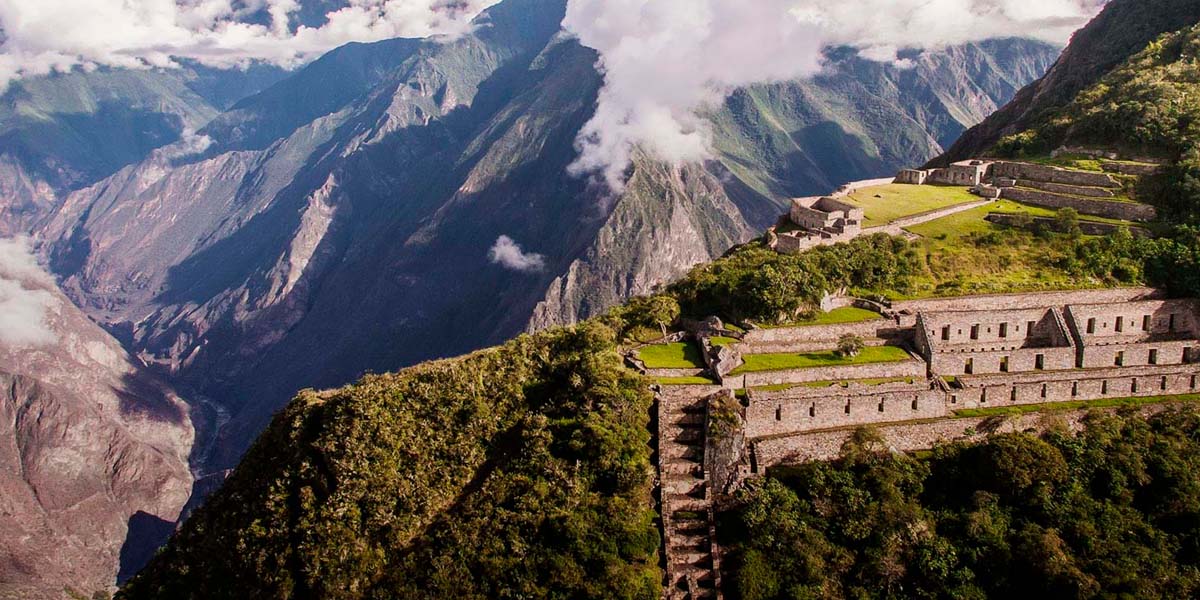
-
The Star
It is a farm located to the southwest, very close to the town of Mollepata. Going up by car on the road that leads to Mollepata, La Estrella is on the left, in the last sections of the road. The farm has a manor house with an unbeatable location, like a pulpit that dominates the area, an exceptional viewpoint. The building is a beautiful architectural complex, with gardens and orchards, which expresses elegance and nobility. It was the residence of don David Samanez Ocampo.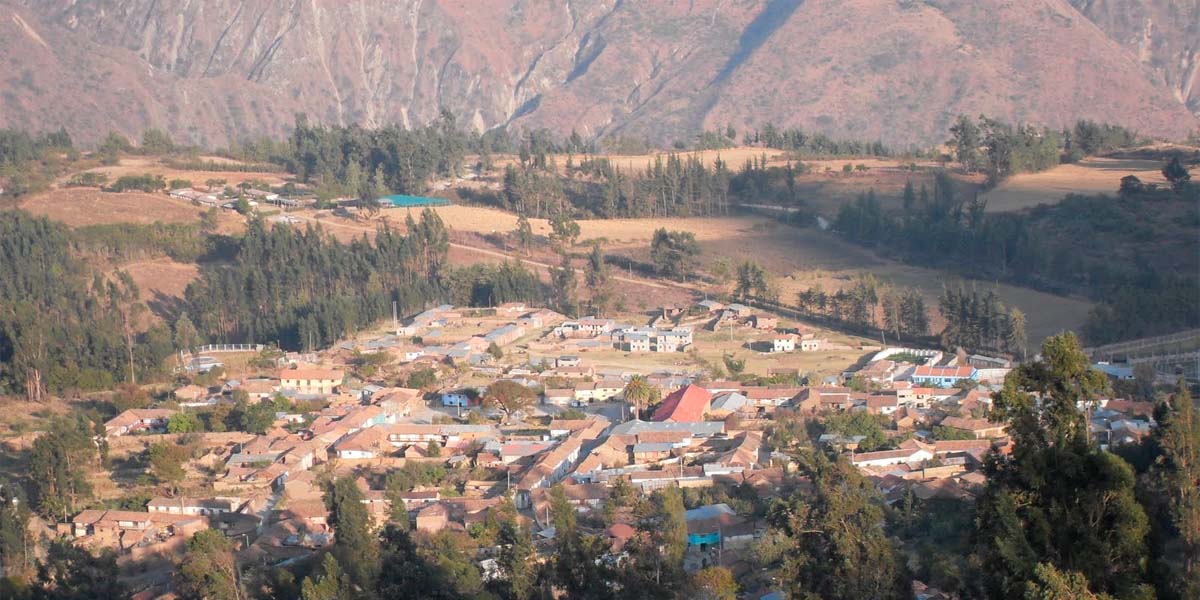
-
Soraypampa Plains in Mollepata
Soraypampa is located north of Mollepata, at 3950 masl. During the Inca period, it was a ceremonial space for the Huaca Salkantay. Today, the snow-capped mountains Umantay and Salkantay can be seen in the landscape of Soraypampa, in Mollepata. Due to its location in Mollepata, Soraypampa is an ideal area for camping, used by groups of tourists who take the route to Santa Teresa, Choquequirao and Machu Picchu.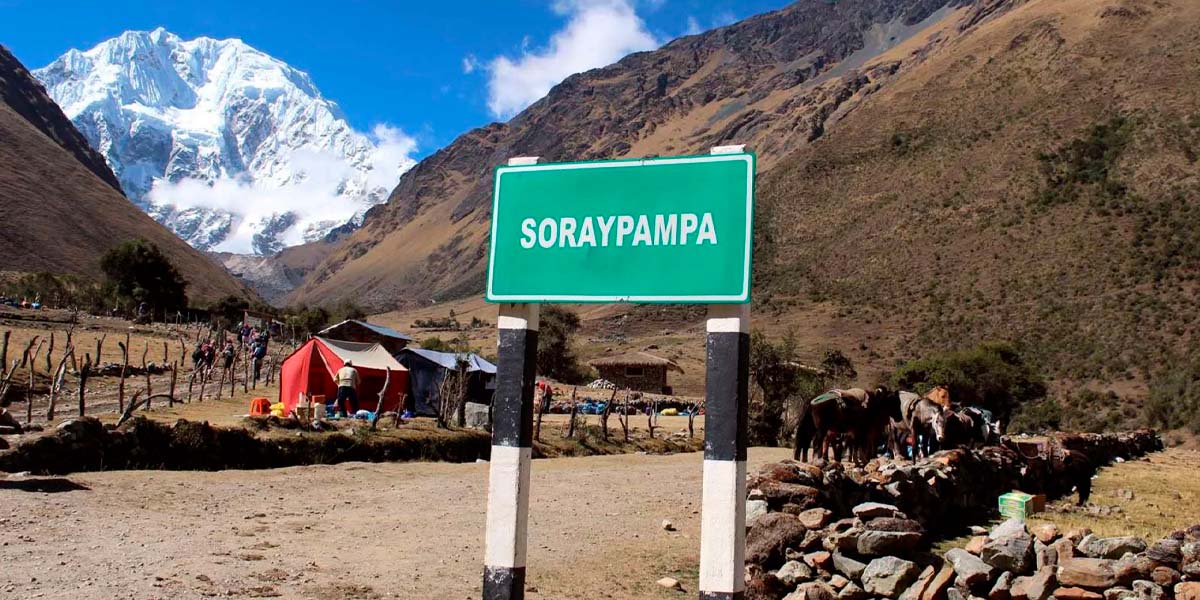
-
The Moonstone
The archaeological complex of Quillarumiyoc, known as “The moon stone”, is located 20 minutes from Mollepata, at 3,400 masl. Its name comes from a seven-meter carved rock that represents the moon, which makes it a place of great symbolic value. It was an important Andean ceremonial center in the Pampa de Anta, on the way to Chinchaysuyo, where priests venerated the gods and observed the stars. Among its structures, the Usno stands out, a circular platform used for astronomical studies and religious ceremonies.
In addition to its spiritual function, Quillarumiyoc has cultivation areas and irrigation systems, a reflection of the technological and agricultural development of the Andean cultures. This archaeological site combines religious, artistic, and productive manifestations, and today it is part of tourist circuits that highlight its mystical character and its importance within the Inca worldview.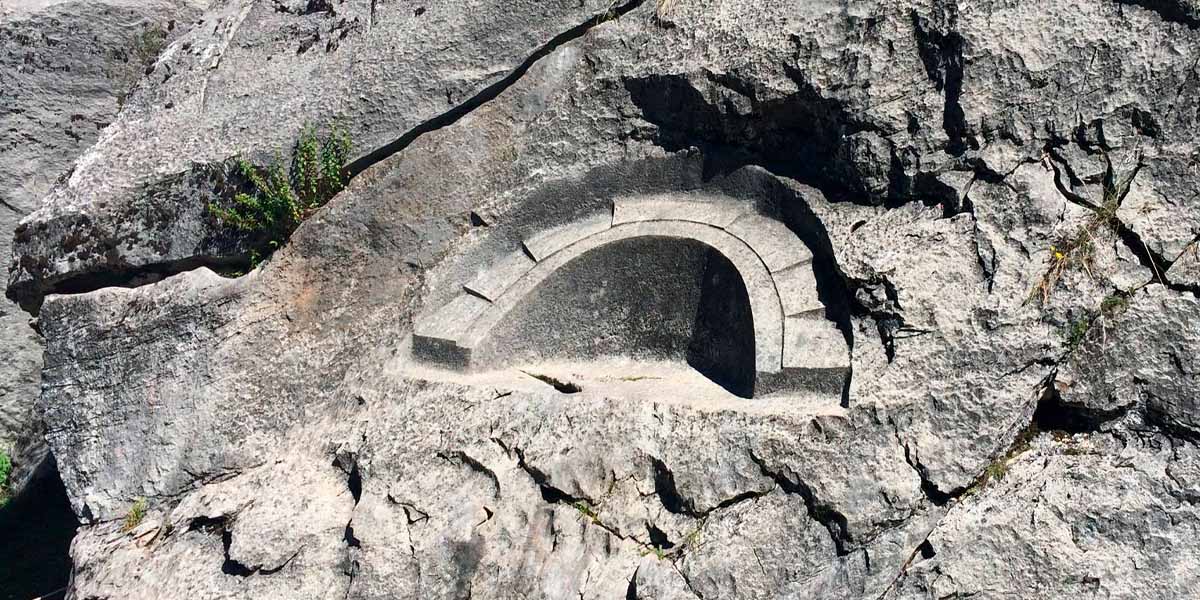
How to get from Cusco to Mollepata?
How to get from Cusco to Mollepata in your own vehicle
From Cusco to Mollepata it is 88 kilometers on the 3S highway (paved). In this detour, you leave the main road and ascend for 10.5 kilometers along a route in good condition. If you are driving, consider an hour and 45 minutes approximately.
Salkantay Trek to Machu Picchu through Mollepata
The Mollepata Inca Trail begins in the ancient city Mollepata at an altitude of m. 2,800 that an alternative way begins from Mollepata to Santa Teresa. It is 5 hours drive from Cusco along the road to Abancay to get here. We get sooner in this little town to start the first day of the track early enough. Today is a long walk through the Cordillera Vilcabamba.
The streets are not paved. Some stores are located in this small town to buy fresh bread or things that you might have forgotten. Our guide Carlos was waiting for us at the Plaza de Armas. He arranged 7 horses and a donkey to bring our stuff over the rugged mountains. In the first part of the Camino, horses are not prohibited to untill the city of Wayllabamba.
We chose to rent additional horses to spend the first two horse riding days. This option is relative twitter. We pay only $ 3.00 a person a day. It is gladly advised to take this possiblity because the first days are really hard. The Mollepata Inca Trail starts from 2,800 m to 5,300 m in the Salcantay mountain pass.
We were lucky to see the beautiful scenery from the top of a horse. The Salkantay Trek to Machu Picchu through Mollepata, in all the way only one meter wide, consisted mainly of sand and rocks. It is admirable how the limber horses are in mountains. They carefully do each step that gives the rider a feeling of saving. Facing a deep abyss all the time by the road, this was necessary frankly quiet. But don't blow your nose like a beacon ... that scares a horse called reckless or careless!
The long walk had a rest at 2 for lunch. Flattered by a beautiful view, we were enjoying rice with vegetables. Our Zenon cook was a vegetarian so no meat would be served the next 8 days. For the first time we could see the huge Salcantay mountain. After lunch, we continued on our Mollepata Inca Trail because the way was still long. The view of this beautiful mountain was not going to leave us for the next 3 days in the Salkantay Trek to Machu Picchu through Mollepata.
Alternative Treks to Salkantay Trail
- 4 day Inca Trail Tour
- 2 day Inca Trail
- Machu Picchu 3 day hike
- 2 day Inca Trail with camping
- One day Inca Trail
- Lares Trek to Machu Picchu
- Choquequirao Trek 5 Days
- Choquequirao to Machu Picchu Trek
- Choquequirao Trek 4 Days
How to get from Cusco to Mollepata by bus
To get from Cusco to Mollepata there are at least four options:
To get from Cusco to Mollepata by bus, you must take a bus to Curahuasi (large and comfortable bus) at the Cuzco land terminal, located on Av. Vía de Evitamiento No. 429. Get off at Limatambo and take a bus to Mollepata. It will be necessary to pay the entire passage to Curahuasi.
Take a combi to Limatambo, and from there take a bus to Mollepata. These combis are taken at the Arcopata street terminal, shortly before the corner with Apurimac Avenue.
Contract a private service from Cusco to Mollepata by bus, in the order of 90 soles.
Coordinate only transport with any of the many tourism companies that take tourists in a guided way to Salkantay. Between the end of May and September, several companies leave every day, so it is possible to request an available space and arrange a price. Of course, this option is only plausible if it is a small group.
How to get from Mollepata to Soraypampa
If you arrive early at the Plaza de Mollepata (before 9:30 or 10 AM), it is highly likely that you can coordinate transportation to Soraypampa with some of the tourist companies that carry clients. In particular, small trucks carry food and equipment, so the drivers themselves offer a space next to the load to get extra money. The author of this review was charged ten soles for this service. If you want to travel more comfortably, you can also try to coordinate transport with the minivans that take tourists, but a) it will cost more, and b) it is more difficult for space to be available.
Consider a little over an hour by truck to Soraypampa. Minivans don't take much less.

